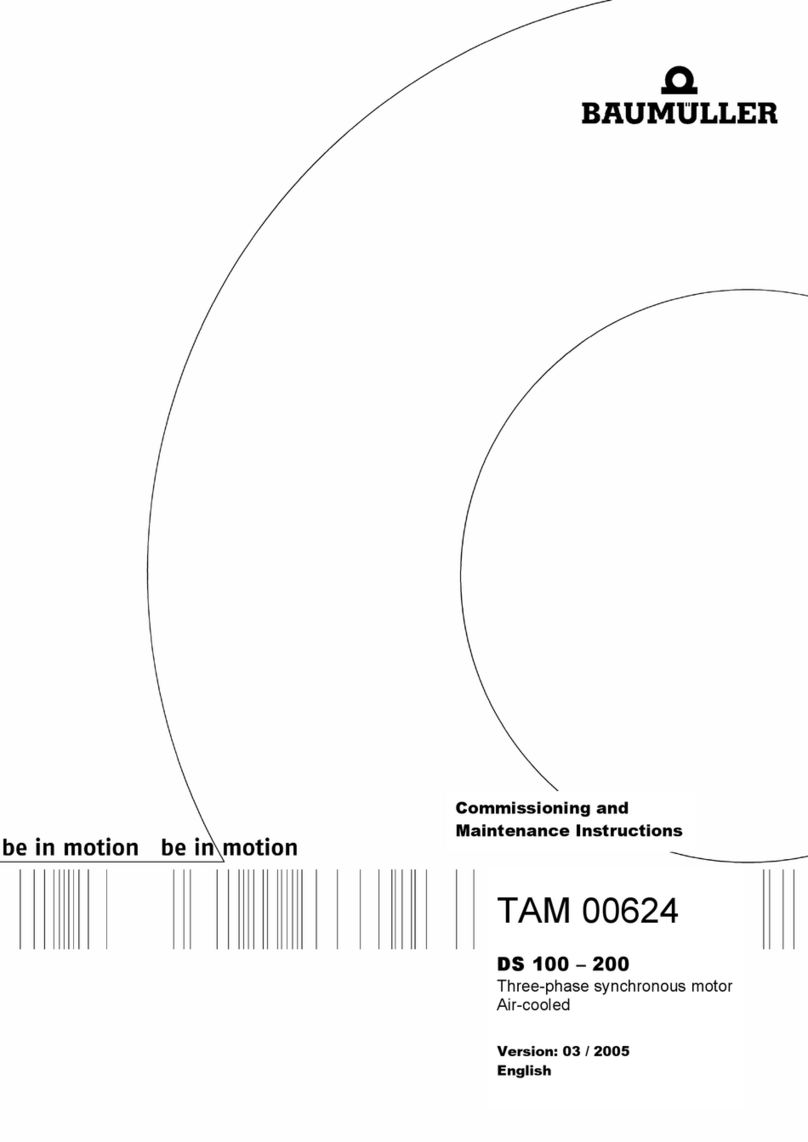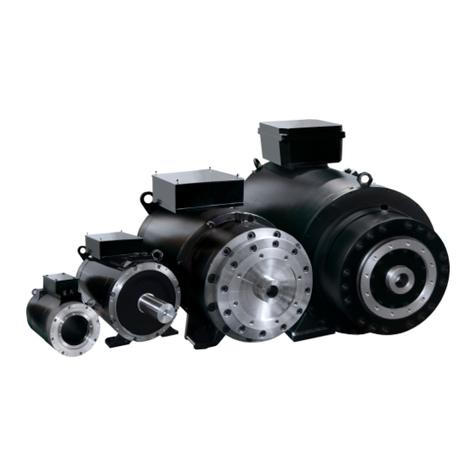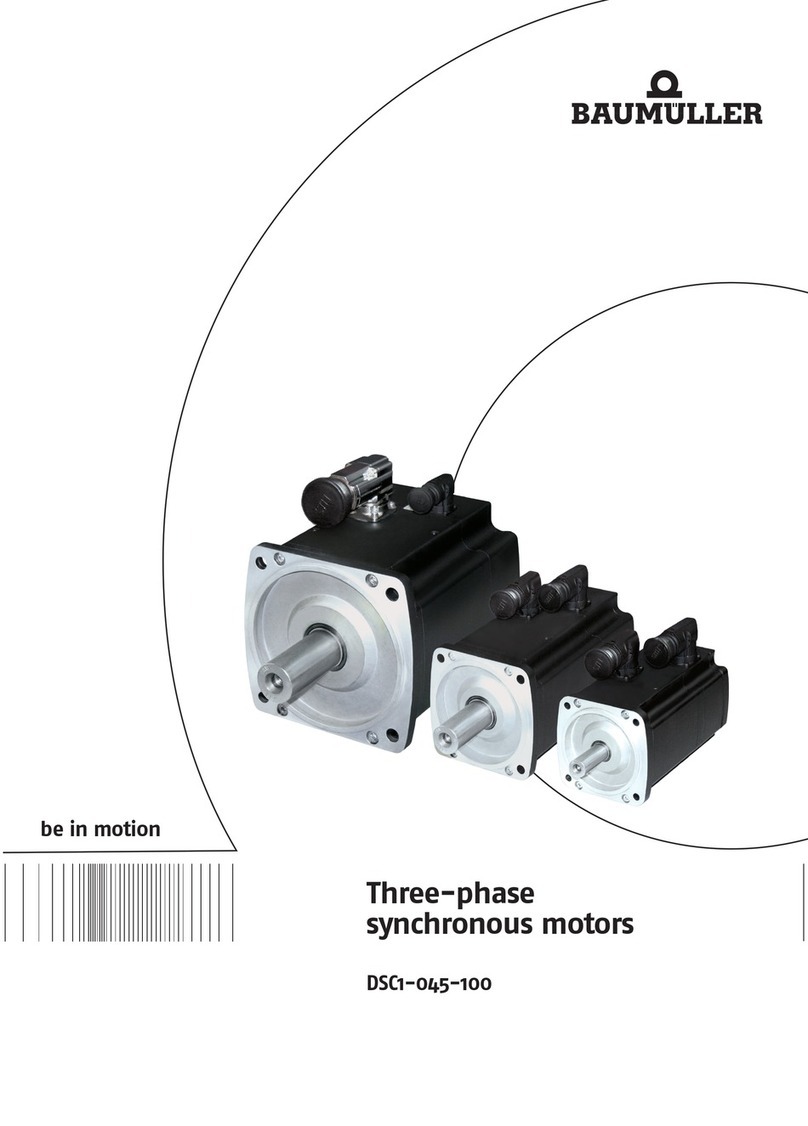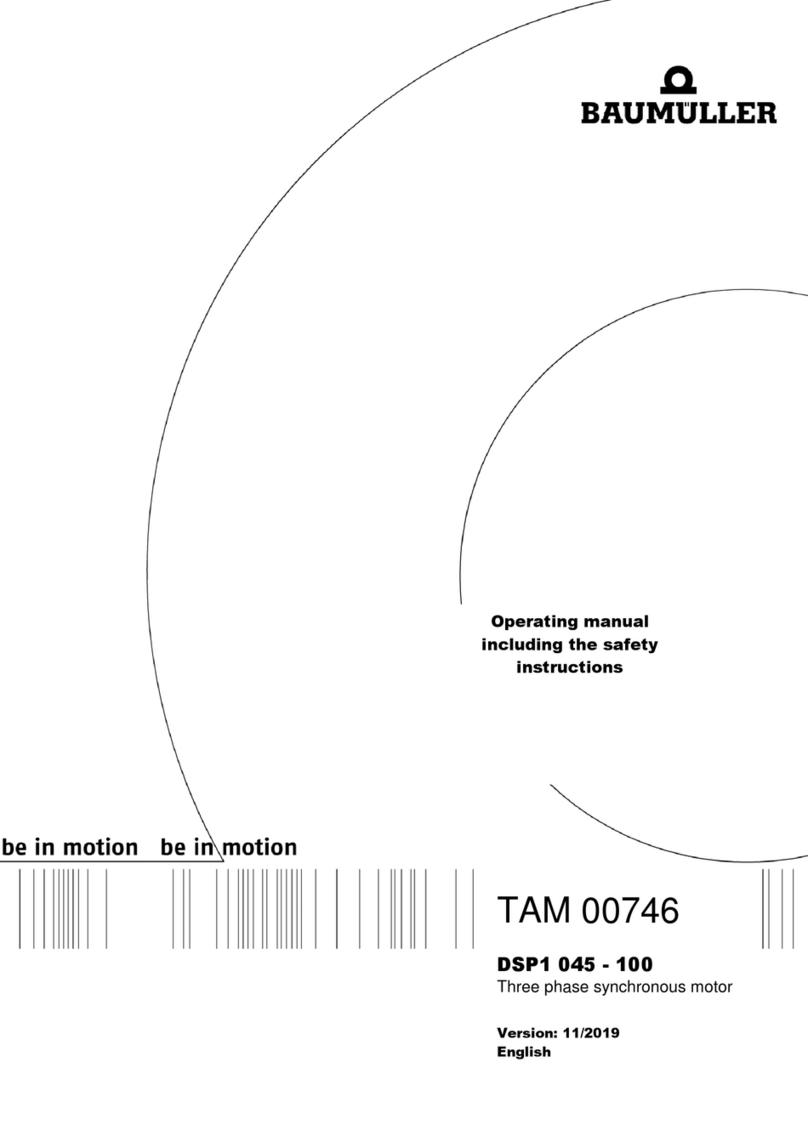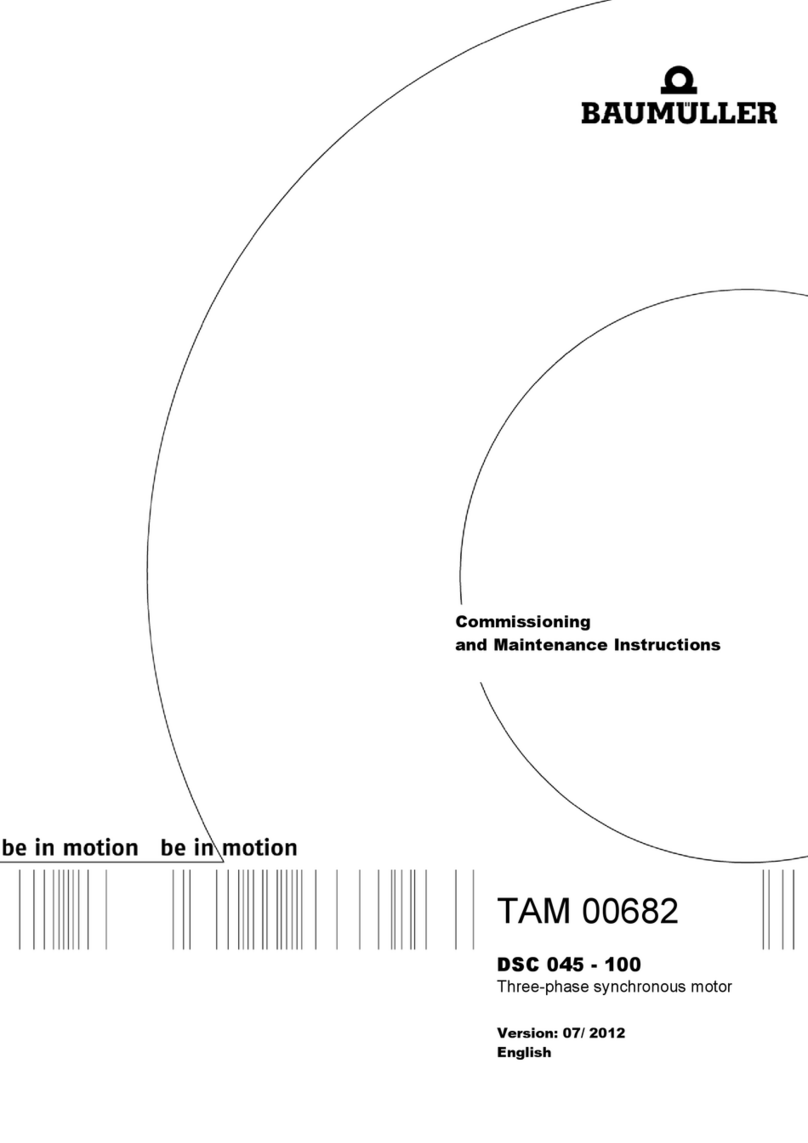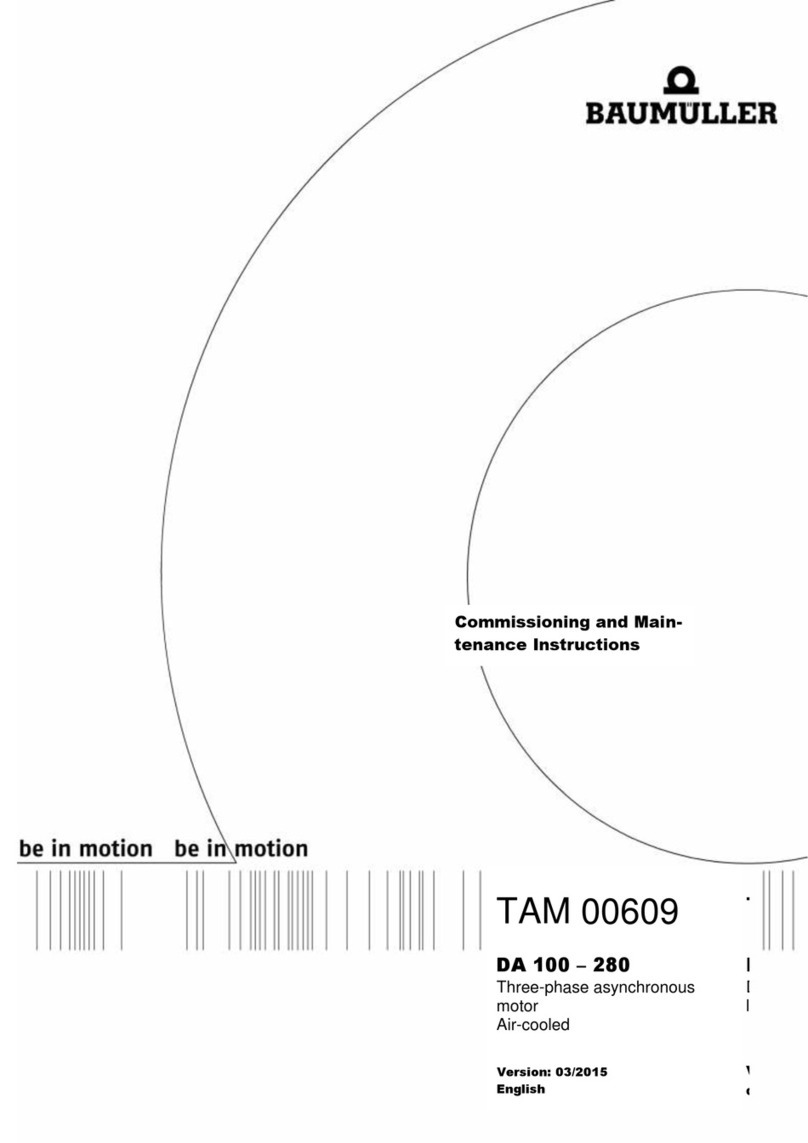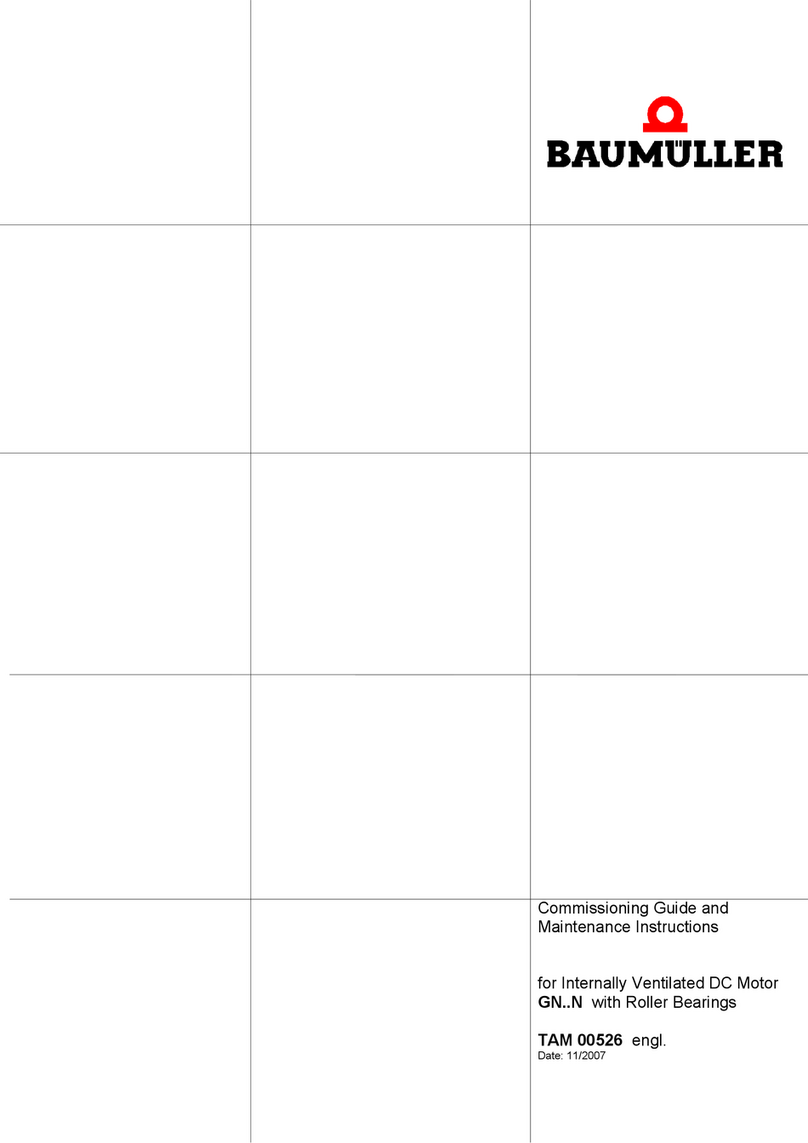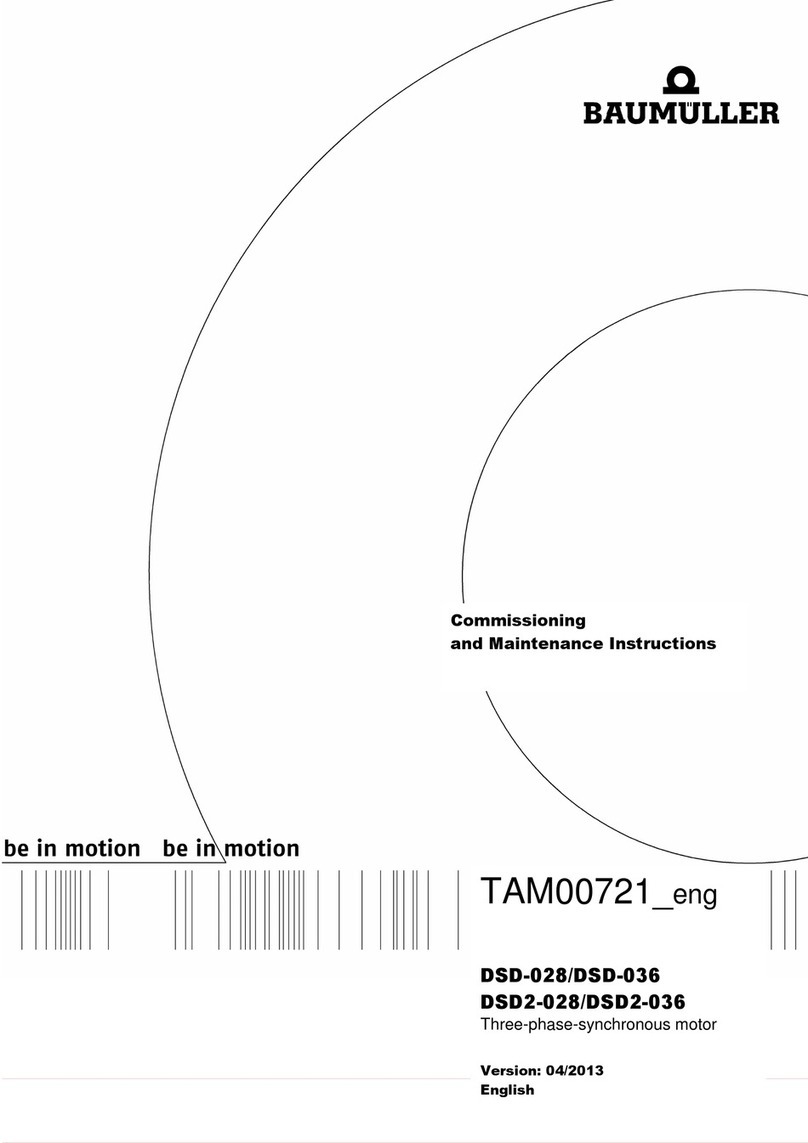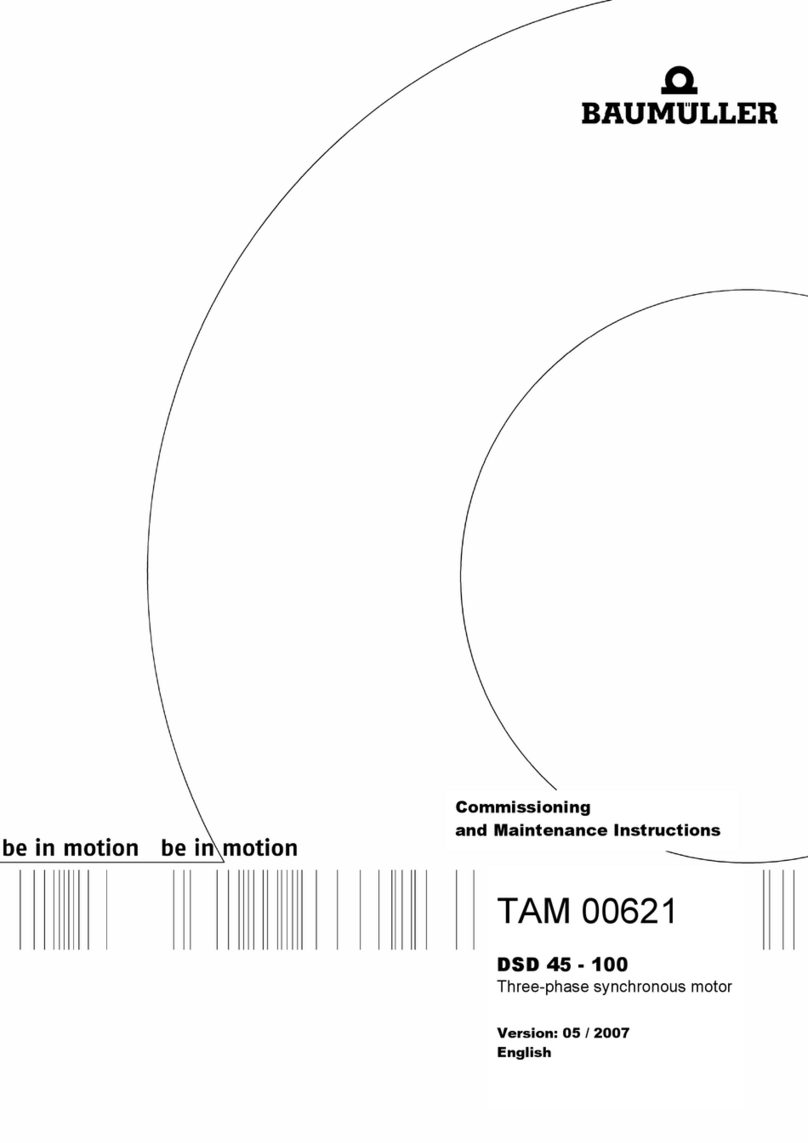
TAM 00699 3
DSD2 045 –132 04/2018
Three-phase synchronous motor English
Table of contents
1General safety instructions...........................................................................................4
1.1 Safety...........................................................................................................................................4
1.2 Designated purpose.....................................................................................................................5
1.3 Prohibition of unauthorized modifications and changes..............................................................6
2Operating conditions.....................................................................................................6
2.1 Product description......................................................................................................................6
2.2 Items supplied..............................................................................................................................6
2.3 Type plate....................................................................................................................................7
2.4 Technical Data.............................................................................................................................8
2.5 Transport, bearing lock, intermediate storage.............................................................................9
2.6 Installation conditions, cooling details .......................................................................................10
2.7 Balancing, output elements, vibrations......................................................................................11
3Mounting.......................................................................................................................13
3.1 Safety instructions .....................................................................................................................13
3.2 Installation, mounting.................................................................................................................13
4Electrical connections.................................................................................................14
5Commissioning, operation..........................................................................................15
5.1 Safety instructions .....................................................................................................................15
5.2 Checks prior to commissioning..................................................................................................16
5.3 Commissioning, operation.........................................................................................................16
5.4 Malfunctions in operation...........................................................................................................17
6Inspection and maintenance.......................................................................................18
6.1 Inspection ..................................................................................................................................19
6.2 Maintenance ..............................................................................................................................19
7Disposal........................................................................................................................19
8Appendix 1: pole assignment (main connection and Control terminal)...................20
8.1 Main connection via plug...........................................................................................................20
8.2 Main connection via the terminal box (Standard design acc. to catalogue)..............................20
8.3 Main connection via the terminal box (customer specific design acc. to EN 60034; non UL-approved).................22
8.4 Main and control connection via combination-mounting-box (customer specific design) .........23
8.5 Fan / cooling fan connections via connection socket or terminal box .......................................24
8.6 Control terminal: Resolver.........................................................................................................25
8.7 Control terminal: SRS / SRM 50................................................................................................25
8.8 Control terminal: SEK / SEL 52 .................................................................................................26
8.9 Control terminal: ECN 1313 / EQN 1325...................................................................................26
8.10Control terminal: ECN 1325 / EQN 1337 (encoder with EnDat 2.2-port of Heidenhain)...........27
8.11Brake connection at the size 132 ..............................................................................................27
9Appendix 2: water-cooled machines ..................................................................28
9.1 Definitions of power ratings for water-cooled machines............................................................28
9.2 Motor cooling .............................................................................................................................28
9.3 Instructions for installation.........................................................................................................29
9.4 Electrical connections................................................................................................................29
9.5 Specifications for required coolant volume flows ......................................................................30
9.6 Coolantconsistency....................................................................................................................31
9.7 Min. coolant temperature against ambient temperature and humidity ......................................31
9.8 Malfunctions in operation...........................................................................................................33
9.9 Inspection ..................................................................................................................................33
